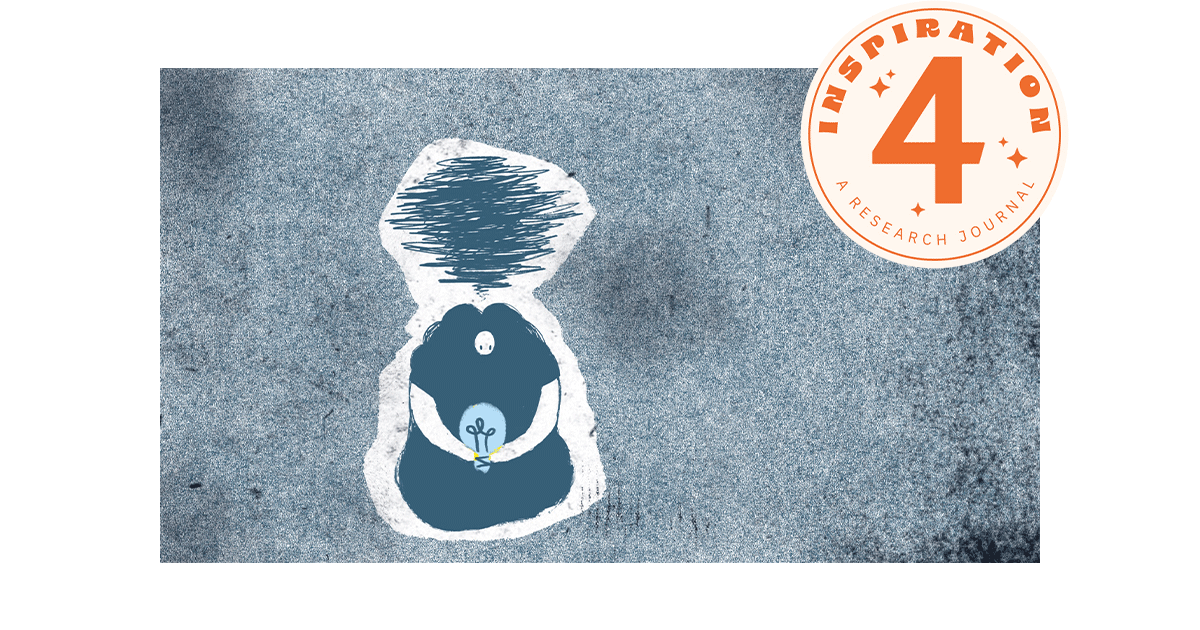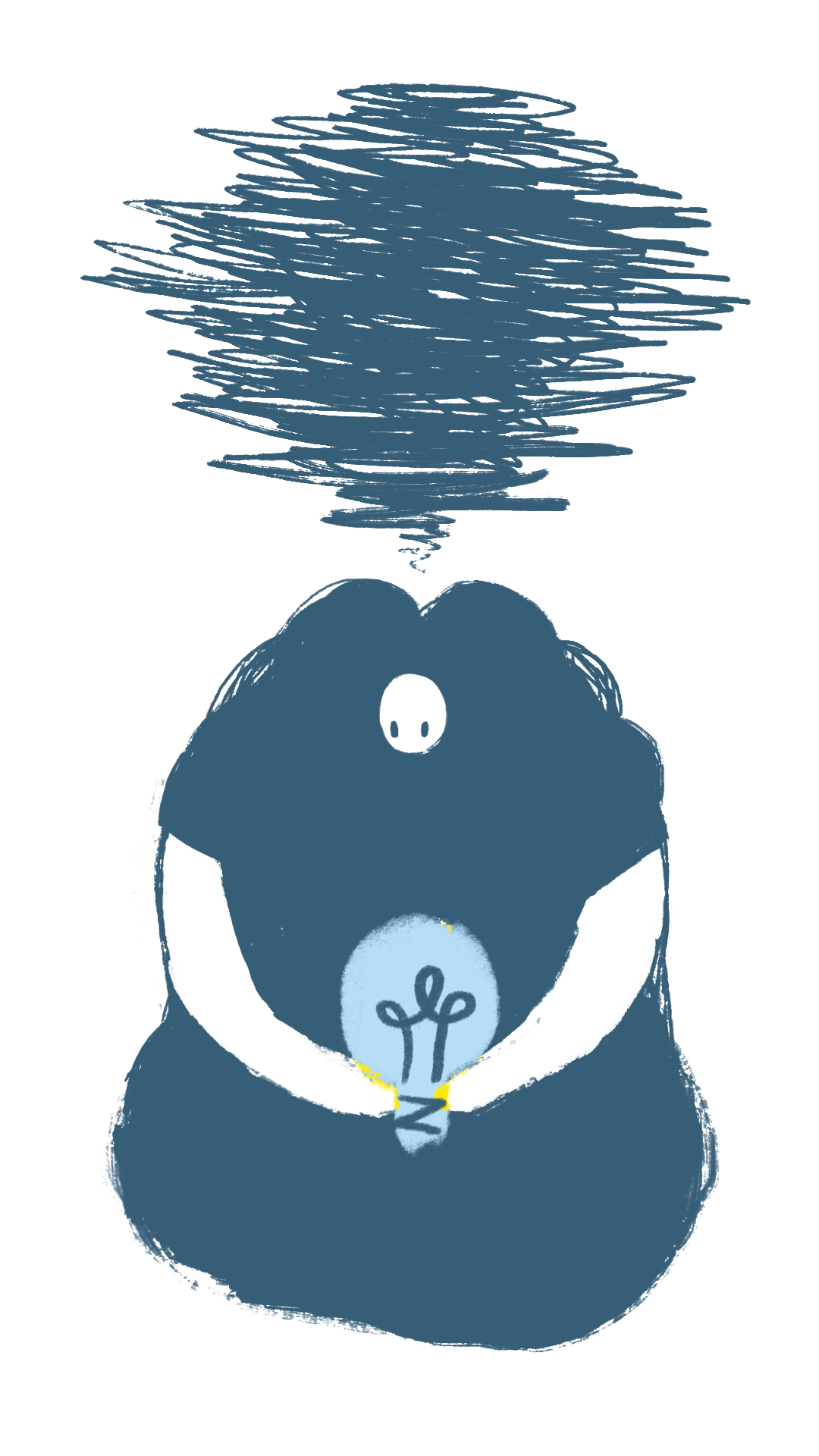The Opposite of Inspiration
What is the link between suffering and sensitivity in artistic journeys?
The interplay between mental health and creativity has long fascinated psychologists, artists, and thinkers. While some argue that suffering can fuel artistic expression, others believe that true creativity flourishes despite adversity, not because of it.
In this post in my ongoing research series on inspiration, we will delve into various perspectives on how lack of inspiration could be linked to mental health challenges such as depression, anxiety, and alienation.
Some evidence suggests that common mental health challenges—like depression, anxiety, alienation, confusion, and obsession—might be linked to a lack of inspiration. And even suggests that the opposite of inspiration could be depression, viewing it as a complete absence of inspiration1
I understand these ideas. As someone who has dealt with mental health issues, there are times when I feel really depressed or highly stressed and anxious, and the last thing I want to do is sit down and paint or draw. People in similar situations can relate to how engaging in something you love, like drawing, suddenly feels incredibly challenging.
In situations like this, motivation and inspiration are closely linked. A lack of motivation leads to an inability to see anything inspiring in the world around you.
Creative individuals in society are often perceived as possessing a unique amalgamation of suffering, sensitivity, and unconventional thinking. Notable figures include Vincent van Gogh, Frida Kahlo, and Robin Williams, among others. It is a familiar archetype that the creative genius often does not have a happy ending.
While these experiences can pose challenges, suffering, and sensitivity can serve as powerful sources of inspiration. According to renowned psychologist Mihaly Csikszentmihalyi, who interviewed nearly one hundred of the world’s most exceptional creative minds, the emotional depth and ability to deal with Life's complexities contribute to the authenticity and profundity of their creative works.
Author Susan Cain adds another layer to this discussion by suggesting that creativity is often seen through the lens of the lens of bittersweetness, with many creative people “grappling simultaneously with darkness and light.” While the connection between suffering and inspiration is not universal, evidence suggests that for some creative individuals, it becomes an integral part of their artistic journey.
The late singer-songwriter Leonard Cohen believed that great work arises despite suffering, not because of it. He rejected the notion that personal turmoil is essential for artistic brilliance, stating in an interview that his depression did not enhance his creativity. Cohen argued that exceptional work emerges as a triumph over adversity, challenging the belief that inspiration only comes from despair.
This perspective reassures me that mental health and feeling uninspired may be linked. However, one can rise above personal suffering and use their experience as a catalyst for creating art. While I will admit that this is sometimes easier said than done, the idea of inspiration as a crucial element for mental well-being, Csikszentmihalyi's insights into the dual nature of creativity and suffering, Cain's bittersweet view of artistic expression, and Cohen's emphasis on triumph over adversity all contribute to a deeper understanding of how inspiration and mental health intersect.
“Inspiration: Exploring the Experience and Its Meaning.” This article presents findings from a qualitative research study on the experience of inspiration in everyday individuals. The results from analyzing 70 in-depth interviews indicate that inspiration is a significant and distinct cognitive event many people encounter. Instances described as lacking inspiration appear to align with common mental health issues.







Thank you for this opportunity to discuss and acknowledge the thin lines between creativity and the sensitivities that are often affected by mental health highs and lows.